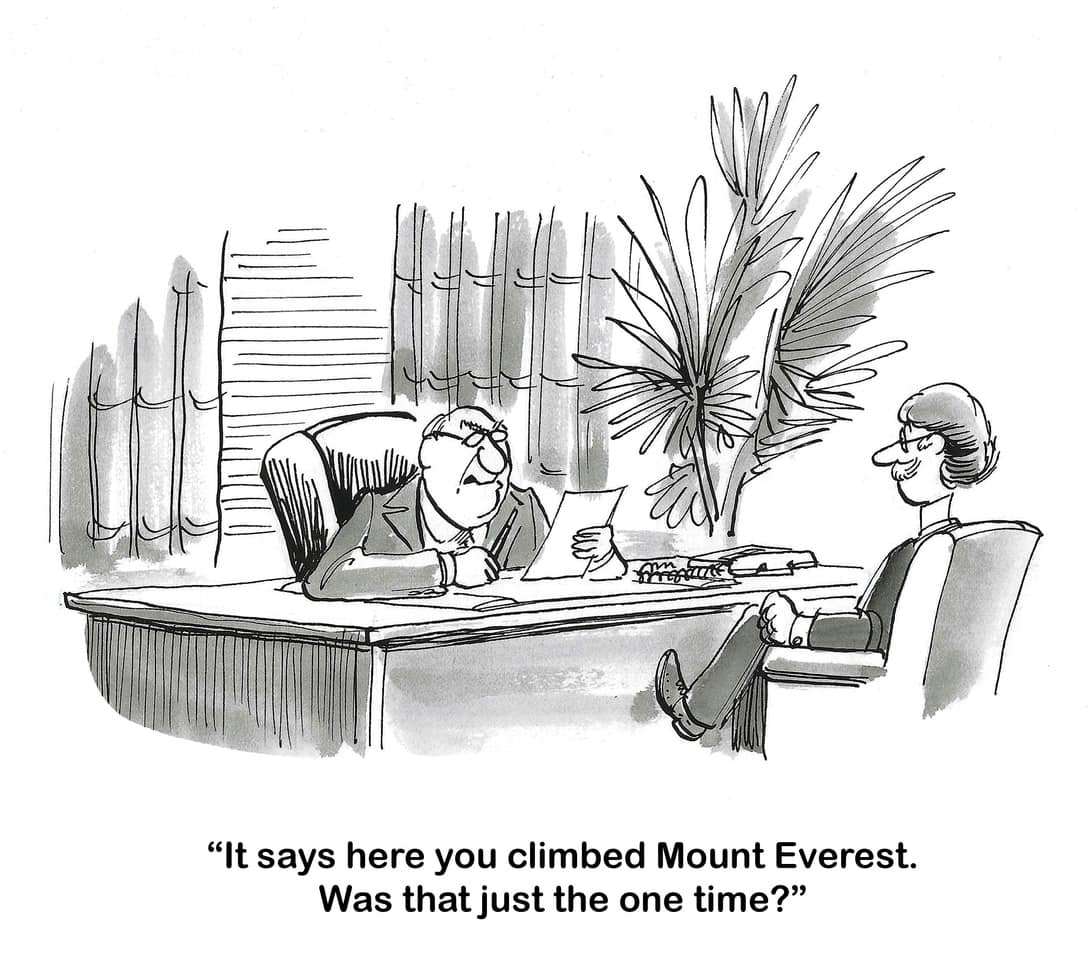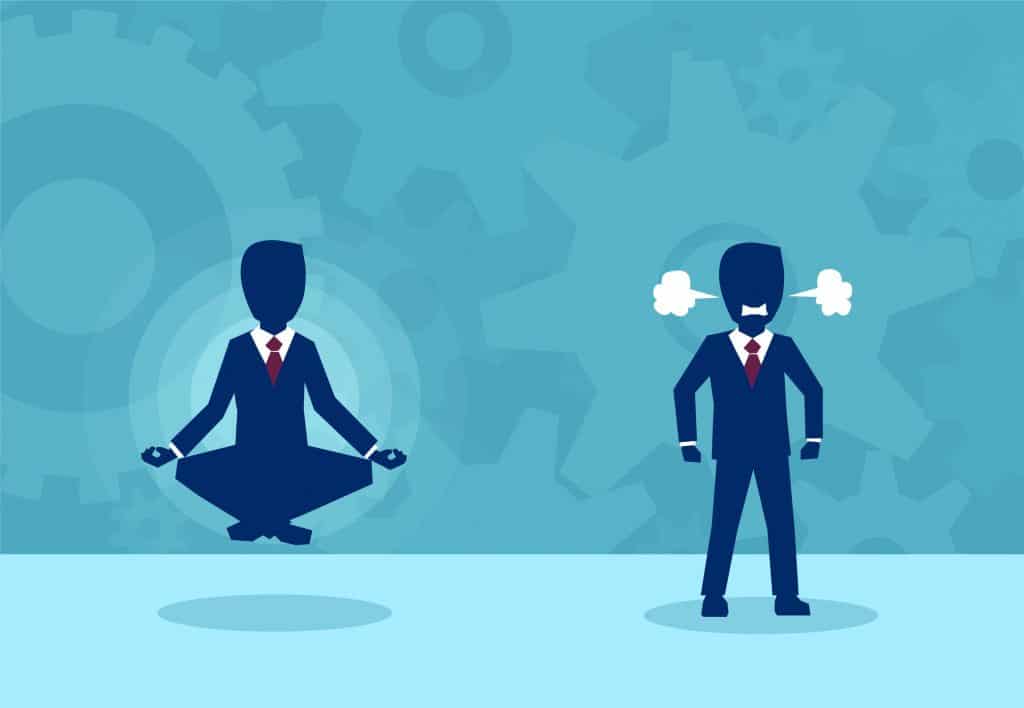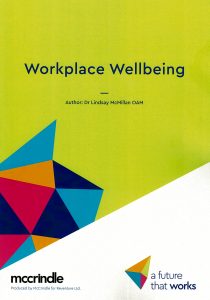Dr William Fleming’s open-access article called Employee well‐being outcomes from individual‐level “Mental Health Interventions: Cross‐sectional Evidence from the United Kingdom” is receiving a lot of online and mainstream media attention, and rightly so. It is a robust piece of research from a sample of over 46,000 workers in 233 organisations. The article compares:
“…participants and nonparticipants in a range of common individual‐level well‐being interventions, including resilience training, mindfulness and well‐being apps. Across multiple subjective well‐being indicators, participants appear no better off.”



 On 12 December 2017, part of Australia’s screen and television industry held a forum in Sydney about sexual harassment in the sector and what could be done to reduce this workplace hazard. This initiative occurred a day before an
On 12 December 2017, part of Australia’s screen and television industry held a forum in Sydney about sexual harassment in the sector and what could be done to reduce this workplace hazard. This initiative occurred a day before an 

 A quick online search reveals a plethora of advice and information about choosing the right mood-altering paint colours for office walls and selecting the best beanbags for worksite chill-out spaces. Not to mention the availability of on-site massages to ease employee tension and anxiety.
A quick online search reveals a plethora of advice and information about choosing the right mood-altering paint colours for office walls and selecting the best beanbags for worksite chill-out spaces. Not to mention the availability of on-site massages to ease employee tension and anxiety.